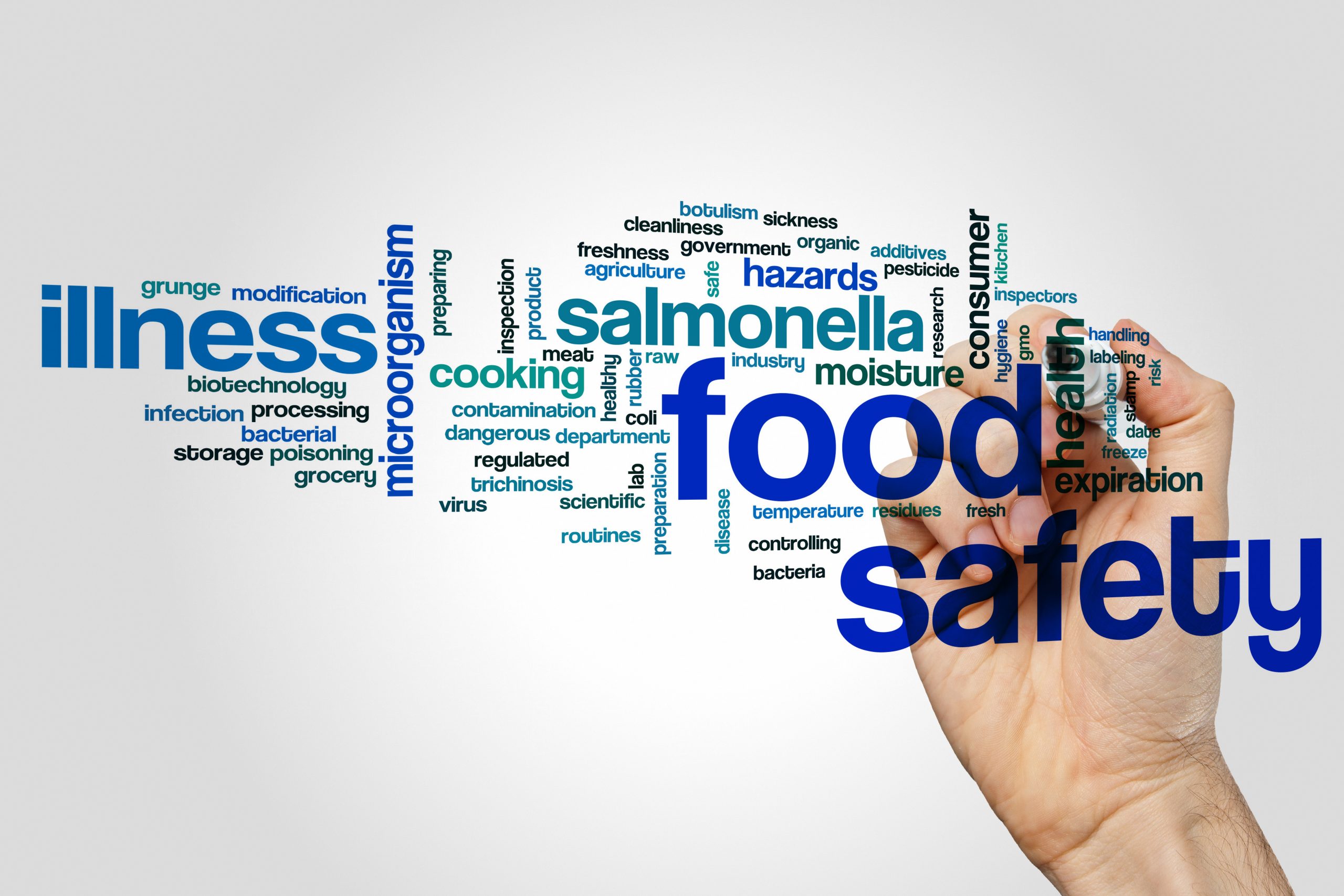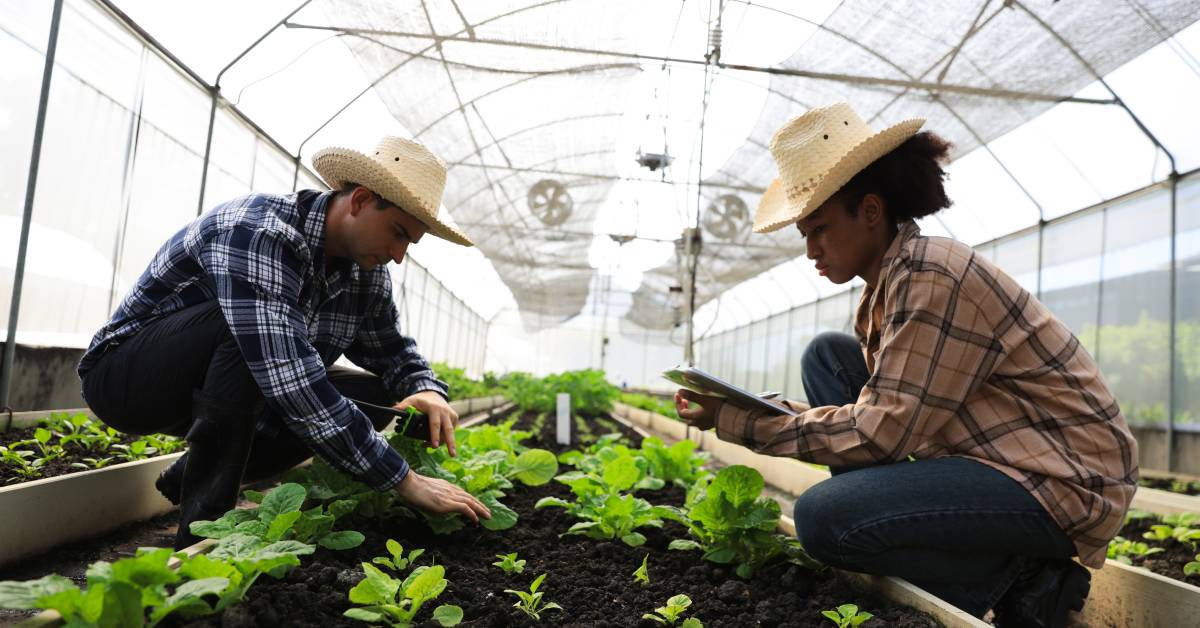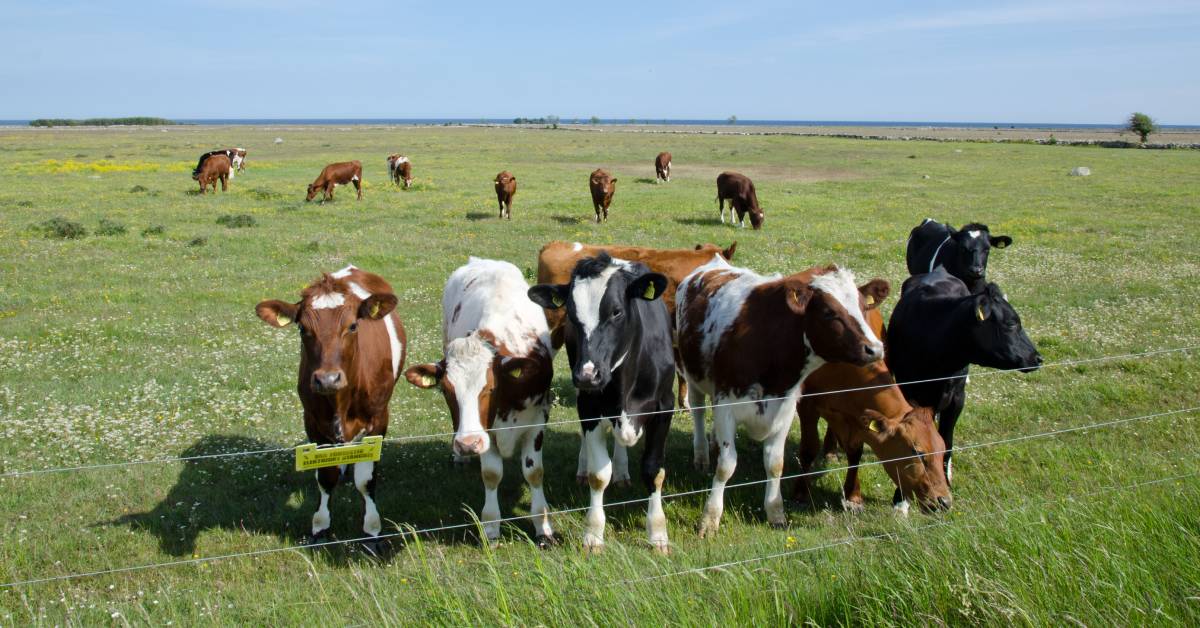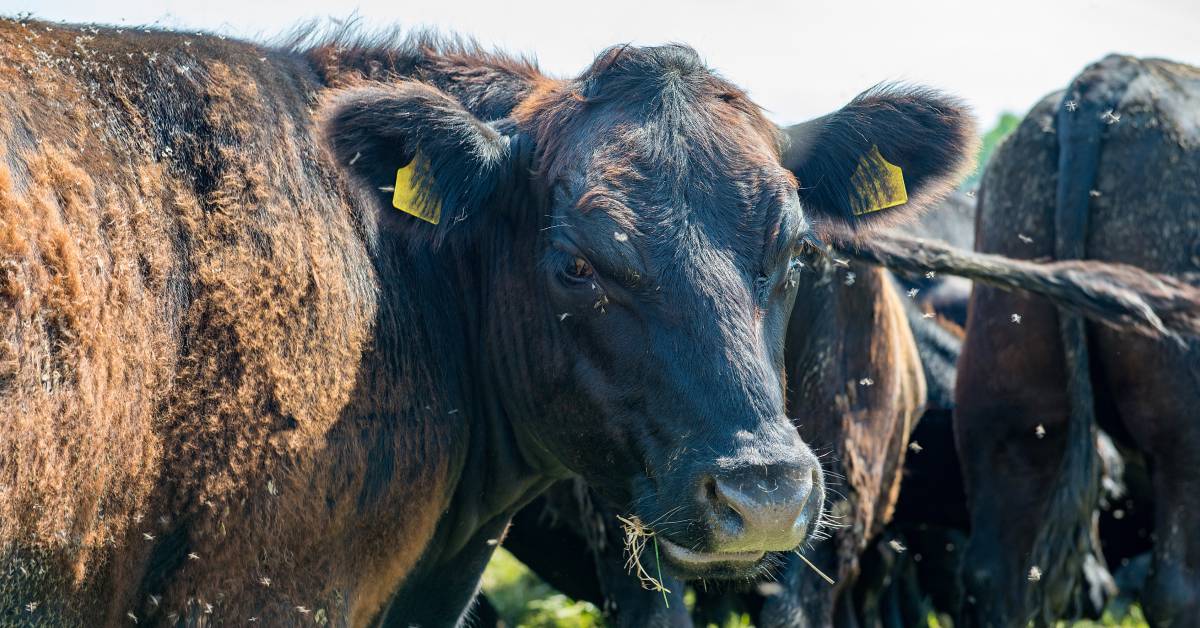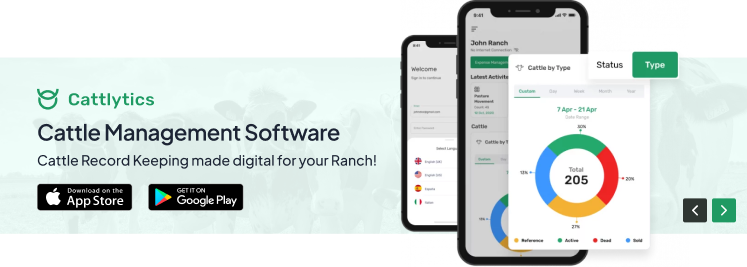Food safety hazards are any external agents in the food supply chains. These agents can cause human life to be lost by contaminating food materials.
Contamination by these hazards can occur at any step of the food supply chain. These include transportation, packaging, serving, delivery, and food storage. This can result in foodborne illnesses and create serious health risks to consumers.
To maintain food safety standards, we must understand these hazards as they enable proactive identification and prevention strategies throughout the food chain that ensure safe products reach consumers.
In this blog, we will look at the main types of food safety hazards and explore the measures that food businesses can implement to maintain food safety standards.
Major Types of Food Safety Hazards for Foodborne Illnesses
Several food safety hazards can provoke many foodborne diseases. However, these have been categorized into four distinct categories. The four significant food safety hazards are biological, chemical, physical, and allergenic.
A food hazard’s potential damage can mildly or significantly affect the health of those who consume it. The level of contamination affects the level of the outbreak.
Chemical Food Hazards for Foodborne Illnesses
The hazards that fall under this category are the chemical substances that are manually added to the foods, or they are innate-like the food. These can cause injury to humans or food-borne illnesses. An instance of naturally occurring harmful chemicals is the saponins from legumes.
These can become hazardous when the components are used excessively or without adequate consumer labeling. Furthermore, chemicals such as fertilizers, machine oil, antibiotics, heavy metal compounds, and pesticide residues are categorized as unintentional chemical hazards that may affect consumers when consumed.
Examples of the Most Common Sources of Chemical Food Hazards
These hazards may be naturally present in materials, unintentionally introduced in the foods, or added intentionally. A chemical food hazard also occurs due to processing abuse during heating treatments. The food industry has mentioned below some of the familiar chemical food hazards examples in the food business:
- Amendments in the Soil
When the raw materials, such as fruits and vegetables, are in the growth stage, the quality of the soil and any amendments added to the soil can affect the final product. The plants could also absorb any unwanted chemicals from their growing soil.
One typical example is how green tea plants can absorb heavy metals from the soil, such as lead, around their growing areas. It also includes chemicals from herbicides, pesticides, and fertilizers that are applied during the growth period.
- The Heat Treatment
Chemical food hazards can sometimes indicate an incorrect process being followed or skewed conditions from the original method. For example, when food inspectors detect high levels of acrylamide in food, they can determine that it has been treated with excessive heat.
This chemical compound is formed due to high temperatures, which provide suitable conditions for the sugars and proteins in food to react with each other. Prolonged human exposure to this chemical is proven to increase the risk for various types of cancers in humans.
- Cleaning Agents
Adding cleaning and sanitation solutions is considered an unintentional chemical food safety hazard. These solutions can work themselves into the food due to inadequate washing with water. Some sanitizing agents, such as chlorine, even in small amounts, can be harmful and affect the quality and safety of the food.
- Raw Materials for the Food
Some raw materials for food, such as fish, can also contain harmful toxins. One case is the Fugu or pufferfish, a delicacy for Japanese restaurants. This fish has tetrodotoxin, a potent neurotoxin.
It is a natural defense mechanism for fish. Only specialized chefs and a handful of chefs can follow the techniques required to remove the risks of chemical food hazards for public consumption.
- Food Preservatives and Additives
Certain compounds, such as sodium nitrate, used to cure meat, and sodium sulfite, as an antifungal agent, also fall into the category of chemical food hazards. For some more vulnerable individuals, sodium nitrite can increase the risk of heart disease, and sodium nitrate can cause allergic reactions.
These chemical compounds can also become highly dangerous if they are added in unregulated amounts that surpass the specified standards by the food regulators.
Biological Hazards of Foodborne Illnesses
The biological hazards of foodborne diseases generally contain contaminants innate to the living organism, including pathogens such as yeasts, fungi, bacteria, and parasites.
These hazards can be detrimental to public health, as these can cause foodborne diseases ranging from very high to very low. The most common factor for outbreaks in the industry is biological hazards.
Examples of the Most Common Sources of Biological Hazards
Biological hazards are the most common form of hazards that breach food safety hazards. It is present in food production sites and food service areas. The presence is enhanced during harvesting raw materials, with the mentioned below being some of the most common sources of biological hazards.
- Water Contamination
In some instances, water can become contaminated with hazards, especially when the source is unsecured and doesn’t have proper treatment. Water is one of the best mediums for transferring widely known pathogens such as Escherichia coli, Hepatitis E, Norovirus, Campylobacter, and parasites.
It is because water is used in the food industry operations, which can quickly superspread these biological hazards. Therefore, water treatment is highly critical.
- Handling of Food by Humans
As the food handlers are humans most of the time, we humans also host several pathogens. According to research, 25% of animals and humans have harmful bacteria such as Staphylococcus aureus on their skins.
It can cause Staphylococcal food poisoning, and almost 100,000 severe cases have been reported in the USA. Additionally, the natural pathogens on humans’ skin carry biological food hazards.
- Raw Food Materials
All of the food materials inherently consist of naturally occurring biological hazards. These foods are one of the best sources of these hazards. The raw materials include vegetables, fruits, and root crops.
These are more likely to harbor soil-borne pathogens and require proper treatment, such as intensive washing, before using these for further food processing.
- The Materials Used for Food Packaging
The packaging of the food comes into direct contact with the food. The packaging must be sterilized to ensure the contact is not harmful, as the packaging can harbor contaminants.
Materials such as cartons, cans, and plastics are not entirely free from biological hazards. Bottles, for instance, must be completely dry to prevent moisture, which can attract biological hazards.
- Storage Areas of the Food
Be it raw materials or finished products, the storage area for the food can harbor several biological hazards, primarily those with minimal packaging. When the temperature control is inadequate, there is a lack of cleaning of the storage areas and poor maintenance practices, which can increase the biological hazards.
In the case of refrigerated storage, ready-to-eat foods and mixing raw materials can increase the chances of cross-contamination of food. Small leftover pieces of food or trapped juices can also start gathering biological contaminants by providing ideal conditions.
- Machinery and Equipment Food Contact
If the food comes into contact with unsanitary processing equipment, it is possible that the equipment harbors hazards that will cause the food to come in contact with contaminants and spoil.
Some hazards can also produce slime on the equipment’s surfaces, making them resistant to regular cleaning procedures.
- Pests
Certain pests, such as lizards, birds, insects, and rodents, can transfer pathogenic organisms inside a restaurant in several ways.
Their droppings are minor and go away unnoticed most of the time. So they can easily get included in food and set a situation we do not wish to comprehend.
Physical Hazards for Foodborne Illnesses
Food safety physical hazards are defined as any extra material or foreign objects being included inside and contaminating the food. These can result in acts of severe injury or serve as growth areas for dangerous pathogens.
These hazards can be prevented by making inspections and physical observations. Automatic detectors may be used for a large volume of productions.
Examples of the Most Common Sources of Physical Hazards
There are several sources of physical hazards inside the line of production. These can come from machines, pests, or the food handlers themselves. Their detection is crucial as these can attract the spread of other hazards. Some of the most common sources of physical hazards are:
- The Production Utensils and other Equipment
As factory equipment is involved in food production, parts of plastic and metal chips can easily get mixed into the food. It is standard for old equipment. Physical hazards such as screws, nails, and broken glass can originate from machines in production or kitchen areas and get mixed with the food.
- Food Handlers
If a proper hygiene system is absent, the food handlers can contribute to physical hazards. They must have protective uniforms such as caps and hairnets that prevent strands of their hair from falling into the food being prepared. Furthermore, any pen caps and loose jewelry can cause physical hazards that can cause choking, etc.
- Raw Materials
Some natural hazards occur naturally from the raw materials being used themselves. Bones in meat are an example of a widespread contaminant, alongside leaves and twigs on fruits.
Additionally, some common commodities such as flour, salt, and sugar can be contaminated with hazards such as small rocks due to unclean supplier production areas. The detection of these hazards can prevent any injuries to consumers.
- Allergens
Allergens are also food safety hazards. They are caused by specific proteins that an individual’s immune system may mistake as foreign matter that can be deemed dangerous.
Examples: Some common food allergens are tree nuts, shellfish, eggs, milk, fish, wheat, peanuts, soybean, lupin, celery, sesame, sulfites, sulfur dioxide, mollusk, and mustard. This is why it is the responsibility of the food business to inform consumers of any potential risks in food products.
Importance of Identifying Food Safety Hazards for the Food Business
According to a study, almost 600 million people are affected by food-related diseases yearly because of contaminated foods. This translates to nearly 1 in 10 people worldwide.
These foodborne diseases reduce productivity in all communities, as even the labor force cannot perform their duties as per routine. So, the first step to preventing foodborne diseases is correctly identifying food safety hazards.
Consumers value the sense of safety that the food businesses provide them with. If the news links to your food and highlights any food safety issues, the company can significantly lose its profit and the market.
Food safety hazards also have internal advantages. When a food business can identify food safety hazards and effectively communicate them with the employees, this creates a very productive environment for the flow.
This also allows the workforce to identify best practices to eliminate specific food safety hazards and ensures that all food safety laws are followed.
How to Identify Hazards?
Identifying hazards within a food service operation is critical in providing the safety and well-being of customers and staff. Following are some of the most effective strategies for hazard identification:
Conduct a Comprehensive Hazard Analysis
Hazard analysis thoroughly examines potential hazards in a food chain from procurement to service. It requires understanding where and how contaminants could be introduced, whether at the receiving stage, during storage, or preparation and cooking.
Monitor Regularly
This strategy involves carefully observing sourcing practices to ensure that supplies come from reputable providers who meet safety standards.
Storage temperatures must be continuously checked to prevent bacterial growth, and cooking procedures should follow time-temperature guidelines to avoid pathogens.
Do Visual Inspections
Staff should be trained to detect signs of food spoilage, such as unusual odors, colors, or textures, and to spot foreign objects or signs of pest activity. These inspections should be frequent and systematic, ideally built into everyday operations.
Use Food Safety Management Systems
A food safety management system like the HACCP plan makes the hazard identification process more systematic. HACCP, in particular, assists in pinpointing critical control points throughout the food handling process. By targeting these areas, such as cooking or cooling, where the hazard risk is highest, operators can focus their monitoring and control efforts more effectively.
How to Prevent Hazards
Whether you run a food manufacturing facility, a restaurant kitchen, or any other food handling area, taking the best measures to prevent food hazards might be your top priority. Good manufacturing practices are guidelines to ensure that food products are produced and controlled according to quality standards.
By incorporating the given practices, you can prevent contamination, mix-ups, and errors in the food handling process:
- Regular maintenance of equipment and infrastructure to avoid cross-contamination
- Regular cleaning and sanitization schedules for all equipment involved in food processing.
- SOPs for receiving, inspecting, and storing raw materials to prevent contamination.
- Implement measures to prevent pest infestations, such as regular inspections, sealing entry points, and proper waste management.
- Regularly monitor temperatures in storage areas, refrigerators, and freezers to ensure food products are stored within safe temperatures.
- Establish cleaning protocols for all food contact surfaces, equipment, and utensils.
Digital Solutions to Enhance Food Safety Standards and Avoid Food Safety Hazards
For businesses, digital solutions can help maintain food safety standards. When companies have proper identification, processing, monitoring, and analysis, they ensure that food safety hazards can be controlled significantly.
As the food business advances and integrates newer technology daily, Folio3 has developed digital food safety management systems for the food industry.
Our company makes use of artificial intelligence and machine learning algorithms that employ data science to make the management of everyday operations. There are a lot of benefits of using food safety solutions provided by Folio3, including the following:
- The system provides an intelligent system for notification that can help ensure that all identified hazards are addressed daily and everywhere.
- Checklists and digital forms for monitoring. These can be set up by the business automatically and filled likewise to save the time and resources of the employees.
- In addition to these monitoring forms, the software will also suggest critical safety evaluations and testing for identifying food safety hazards in your working environment.
- The software solution will save up to 20% of resources and time. It can easily manage all of the food safety operations from a dashboard that is updated in real time.
- The software solution will also organize, store, and allow immediate retrieval of digital files from any location and device, as the solution uses cloud storage.
The software solution will be able to generate all of the required documents directly. All of the documents can be generated in a customizable way for different businesses to suit themselves.
Folio3’s food safety management solution will ensure your company complies with the food safety protocols.
Conclusion
In conclusion, ensuring food safety is crucial in the food industry to prevent foodborne diseases and protect consumers. Hazards can contaminate food at any stage of the supply chain, including biological, chemical, physical, and allergenic hazards. To mitigate these risks, food businesses must conduct thorough hazard analyses, implement food safety management systems like HACCP, and adhere to good manufacturing practices.
Digital solutions like Folio3’s food safety management system use technology to enhance standards and ensure compliance. Businesses can maintain trust and uphold industry standards for a healthier food supply chain by prioritizing food safety and implementing effective prevention strategies.
FAQs
How can I prevent cross-contamination in my kitchen?
You can prevent cross-contamination in your kitchen by following the suggestions stated below:
- Use new/clean utensils to prepare and handle food every time.
- Make sure the raw and cooked food is kept separately.
- Ensure proper hygiene practices, such as washing hands thoroughly.
- Store all products at the appropriate temperatures.
- Label products with their due dates.
- Sanitize all surfaces of the kitchen.
What are the symptoms of foodborne illnesses caused by biological hazards?
Some of the symptoms of foodborne illnesses include:
- Fever
- Headache
- Nausea
- Vomiting
- Abdominal pain
- Diarrhea
How can food businesses ensure proper hygiene practices among employees?
Some of the most common practices followed by food businesses to ensure proper hygiene among employees are:
- Make sure that the staff wears clean clothing
- They should wash their hands frequently
- Their hair should be covered or tied with a tie
- They should instantly remove excessive jewelry while entering the premises
What measures should be taken to prevent physical hazards in food production?
The following measures may be adopted to prevent physical hazards:
- Use acrylic or covered bulbs to avoid glass breakage
- Wear protective gear
- Cover food products with caps or other clean materials.
- Protect ingredients from pests and rodents.
- Staff must wear protective gear inside the premises.
- Clean ingredients thoroughly before adding them to the food.
Are there any regulations regarding allergen labeling for food products?
Yes, there is. The USFDA established FALCPA (Food Allergen Labeling & Consumer Protection Act), which has ordered eight major food allergens to be declared on food products: milk, eggs, fish, crustacean shellfish, tree nuts, wheat, peanuts, and soybeans.
What Food Hazard Must be Removed During Preparation?
During food preparation, it is essential to remove physical hazards like foreign objects and minimize biological hazards like harmful microorganisms through proper handling and cooking techniques.
What are Biological Hazards in Food Safety?
Biological hazards include microorganisms such as bacteria, viruses, parasites, and fungi that can cause foodborne illness if ingested.
What could be five foods that can be deemed hazardous due to hazards?
If the food is cooked, cleaned, and prepared per the protocols, it can be considered safe for consumption. Some five common foods that could be potentially hazardous are:
- Cooked or raw meats.
- Freshly cut fruits and vegetables.
- Uncooked rice and pasta.
- Dairy products.
- Seafood cooked inadequately or incorrectly

